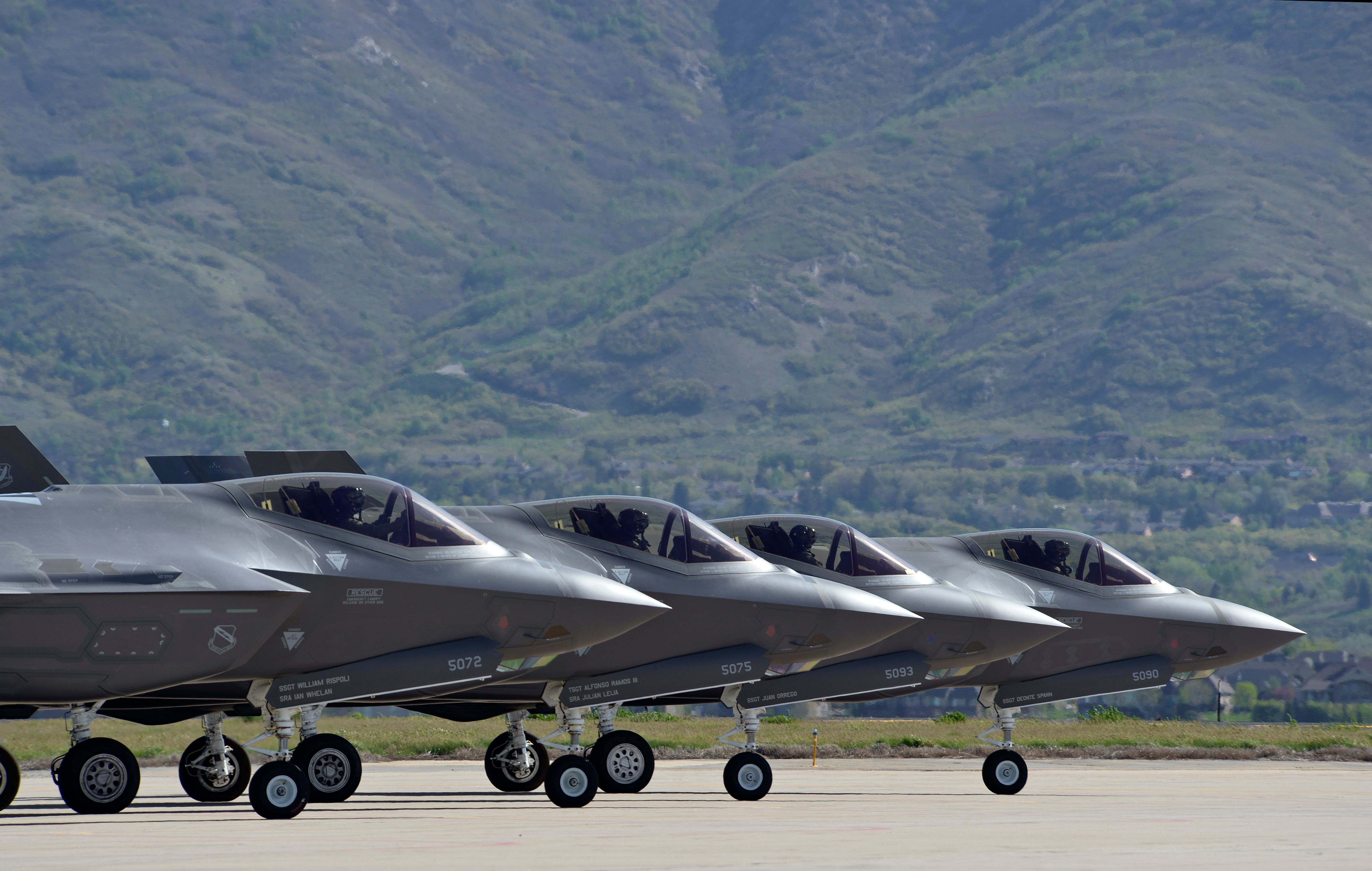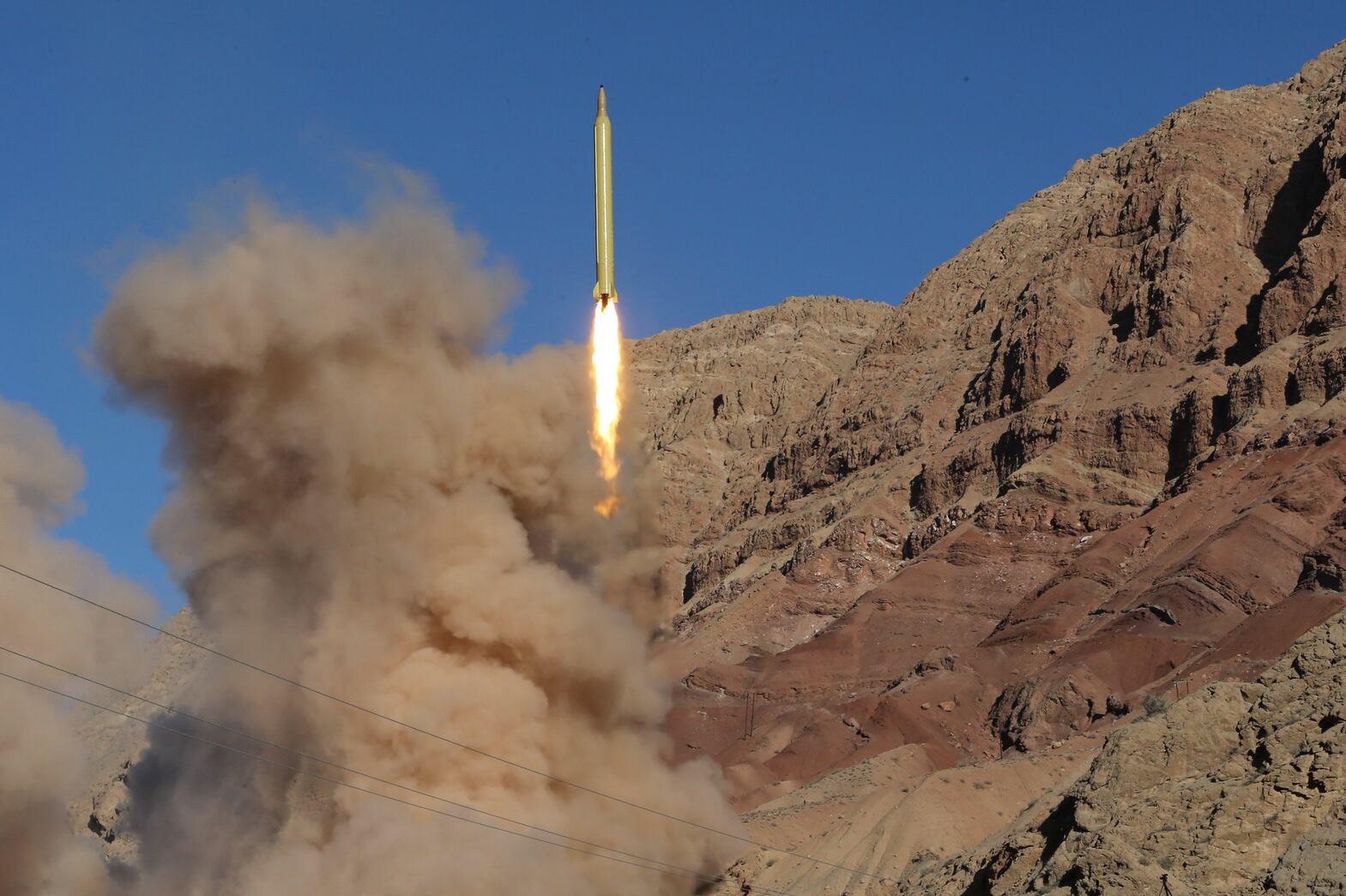DUBAI, United Arab Emirates — The United Arab Emirates Air Force will undergo a restructuring, guided in part by plans to buy two squadrans of F-35 Joint Strike Fighters.
“We are currently forming a specialized committee to assess the risks, threats and needs of the UAE Air Force,” and then evaluate available platforms to meet requirements, according to an Emirati military source.
Much of the focus at the Dubai Air Show has been on the Gulf country’s progress toward authorization to purchase the F-35 Joint Strike Fighter. According to military sources with knowledge of the matter, “the talks between the two parties are [focused on] sensitive systems in the aircraft that need export permit.” The sources refused to disclose the value of the deal, but said it would be limited in the first phase to the purchase of two squadrons, or 24 aircraft.
RELATED

At the air show, the deputy commander of the UAE Air Force and air defense, Brig. Gen. Rashed M. Al Shamsi stressed the importance of “strengthening the UAE air capacity” in response to a question about the potential F-35 acquisition. He noted that “equipping the Air Force requires connected multi-role platforms with the ability to share data, enhanced intelligence collection and distribution of the capabilities, a responsive and persistent C4ISR, and a timely and reactive dynamic targeting process.”
For his part, Staff Maj. Gen. pilot Abdullah A.Al Hashimi, assistant undersecretary for support services in the UAE ministry of defense, commented on the matter: “We in the UAE already live in a 5th generation environment; so acquiring the F-35 fighter jet is only a step forward to cope with the 5th generation mindset.”
The Kingdom of Saudi Arabia is also seeking to procure the F-35 jets, and talks are making an important progress, as stated by officials who refused to be named.
Gen. Stephen Wilson, the Air Force’s vice chief of staff, stressed the importance of the United State’s ongoing pursuit of potential new F-35 customers including the Gulf nation, since “we share threats, interests and responsibilities. We are going to explore options for those nations and partners to benefit from this capability.”
The vice chief of staff also replied to a question about possible adaptations needed for the F-35 to operate effectively in the Gulf environment, stating that “the fighter is used globally and doesn’t need any accommodations. The 5th-generation concept is about the sensor fusing of information and its networking.”
Ahmad Temsah, CEO of the Center on Regional & Eastern Studies, pointed to the growing Iranian threat as the key motivator to acquiring the F-35, adding that “nowadays, the main Gulf states enemy is Iran, an imminent and dangerous aggression.”
RELATED

The UAE Air Force is also working on modernizing its pilot training schools by introducing a field training program focused on air encounters similar to the ones adopted by countries in Europe and the U.S.
Air Commander Philippe Adam, commander for operations in the aviation brigade at the French Air Force said that “the UAE military capabilities are getting better with time, and this was reflected in the Yemeni conflict. It is astonishing what they have accomplished in few years.”
“The challenge they might face in the near future is the know-how to use [new] systems in the battlefield,” as well as improvements to intelligence and surveillance capabilities, he added.
The UAE Air Force relies primarily today on 124 F-16 Block 60 and 65 Mirage-2000 fighter jets, which have been battle proven in the Yemeni conflict among others.
To read more news on Middle East defense in Arabic, visit SDArabia.com.
Chirine Mouchantaf contributed stories on Middle East defense and wrote for SDArabia, an Arabic security and defense magazine.






